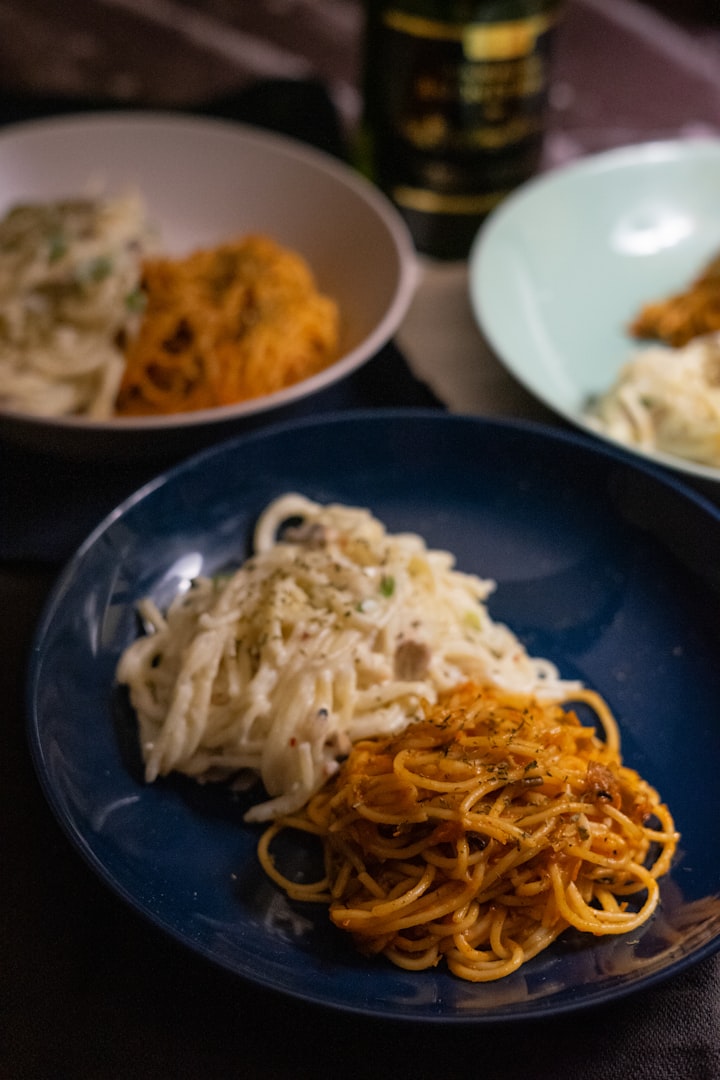Will you eat this foods for 1MILLION DOLLORS
SCORPIONS,SNAKE,BIRD NEST

Will you eat this foods for 1MILLION DOLLORS
It's important to note that food preferences and what may be considered "weird" can vary greatly depending on personal and cultural backgrounds. What may be considered weird in one culture may be considered a delicacy in another.
That being said, there are some traditional Chinese foods that may be considered unusual or strange by some people. Here are a few examples:

Century Eggs, also known as Pidan, are a traditional Chinese delicacy that have been enjoyed for centuries. These preserved eggs are an acquired taste, with a strong flavor and unique texture that can be quite different from what many people are used to.
So, what exactly are Century Eggs, and how are they made? To create these unusual delicacies, fresh duck, chicken, or quail eggs are covered in a mixture of clay, ash, salt, quicklime, and rice straw. The eggs are then left to ferment for several weeks to several months, depending on the desired level of preservation.
During the fermentation process, the egg white turns into a gelatinous, translucent substance with a brownish color, while the yolk becomes creamy and custard-like in texture. The flavor is quite strong and has been described as salty, savory, and even slightly ammonia-like.
Despite the strong flavor and unusual appearance, Century Eggs are considered a delicacy in many parts of China and are enjoyed in a variety of ways. They can be served as a snack, used as an ingredient in soups and congee, or sliced and served as a garnish for dishes like tofu or steamed fish.
In addition to their unique flavor and texture, Century Eggs are also believed to have several health benefits. They are high in protein and contain a variety of vitamins and minerals, including vitamin B12, selenium, and iron.
While Century Eggs may not be to everyone's taste, they are an important part of Chinese cuisine and have a long history of cultural significance. Whether you're adventurous enough to try them or not, they are certainly an interesting and intriguing delicacy that is worth learning more about.

Stinky Tofu, also known as chòu dòufu in Mandarin, is a popular street food in many parts of China, Taiwan, and Hong Kong. Despite its pungent odor, which has been compared to everything from rotten garbage to blue cheese, Stinky Tofu is a beloved delicacy that has been enjoyed for centuries.
So, what exactly is Stinky Tofu, and how is it made? The dish is made by fermenting tofu in a brine of vegetables, meat, and other seasonings for several days or weeks. The fermentation process gives the tofu its distinct flavor and odor, which is often described as earthy, musky, and slightly sweet.
Once the tofu has been fermented to the desired level, it is typically deep-fried until it is crispy and golden-brown on the outside. The resulting dish is crispy on the outside and soft and creamy on the inside, with a rich, savory flavor that is unlike anything else.
Despite its strong odor, Stinky Tofu has a devoted following among street food enthusiasts and is often considered a must-try dish for anyone visiting China or Taiwan. It can be found in street markets and food stalls throughout the region, where it is often served with a spicy dipping sauce made from soy sauce, vinegar, garlic, and chili.
In addition to its unique flavor and texture, Stinky Tofu is also believed to have several health benefits. Tofu is a good source of protein and is low in fat and calories, making it a popular choice among health-conscious eaters.
While Stinky Tofu may not be to everyone's taste, it is an important part of the culinary culture of many parts of Asia and is worth trying at least once for those adventurous enough to do so. Its bold flavor and distinct odor are sure to leave a lasting impression on anyone who tries it, for better or for worse.

Bird's Nest Soup is a luxurious and highly-prized delicacy in Chinese cuisine that has been enjoyed for hundreds of years. The dish is made from the nests of swiftlets, a type of small bird that is native to Southeast Asia.
So, what exactly is Bird's Nest Soup, and how is it made? The nests of swiftlets are constructed from strands of the bird's saliva, which harden into a gel-like substance when exposed to air. These nests are harvested by hand from caves or from specially-designed structures that mimic the swiftlets' natural nesting sites.
Once the nests have been collected, they are carefully cleaned and prepared for cooking. The soup is typically made by simmering the nests in water or chicken broth, along with other ingredients like mushrooms, ginger, and rock sugar. The resulting soup has a gelatinous texture and a subtle, savory flavor that is prized for its delicate and complex taste.
Despite its high cost and rarity, Bird's Nest Soup is a popular dish in many parts of China, Taiwan, and Southeast Asia. It is often served at special occasions like weddings and banquets, and is considered a symbol of wealth and prosperity.
In addition to its rich flavor and luxurious reputation, Bird's Nest Soup is also believed to have several health benefits. The soup is high in protein and contains a variety of minerals and amino acids, including calcium, iron, and magnesium. It is also said to have anti-inflammatory properties and is used in traditional Chinese medicine to treat a variety of ailments.
While Bird's Nest Soup is certainly not a dish that is accessible to everyone, it is a fascinating and unique part of Chinese culinary culture that is worth learning more about. Whether you're a curious foodie or a connoisseur of luxury delicacies, Bird's Nest Soup is sure to leave a lasting impression on anyone who tries it.

Scorpions and other insects: Insects have been a part of human diets for thousands of years, and in many cultures, they are considered a delicacy. In China, a variety of insects are consumed as food, including scorpions, crickets, and silkworms.
Scorpions are a popular snack food in many parts of China, particularly in the provinces of Guangdong, Guangxi, and Hainan. The scorpions are typically deep-fried until crispy and then seasoned with spices like chili powder, cumin, and salt. They are often sold on skewers or in small bags as a snack food.
In addition to scorpions, other insects like crickets and silkworms are also commonly eaten in China. Crickets are often stir-fried with garlic and chili and served as a snack or as a garnish for other dishes, while silkworms are typically boiled or roasted and served as a side dish.
While the idea of eating insects may be off-putting to some, they are actually a rich source of protein and other nutrients. Insects are also considered a more sustainable and environmentally-friendly source of protein than traditional livestock like cows or pigs, as they require less land and resources to produce.
In recent years, there has been a growing interest in insect-based foods and sustainable protein sources around the world. While they may not be a part of everyone's diet, insects are a fascinating and unique part of culinary culture in many parts of the world, including China. So, if you're feeling adventurous and want to try something new, why not give insect-based foods a try? You may be surprised by how delicious they can be!

Snake soup is a traditional dish in Chinese cuisine that is often consumed during the winter months as a warming and nourishing meal. The soup is made from a variety of snake meats, including the venomous and non-venomous types.
To make snake soup, the meat is typically simmered in a broth made from chicken or pork bones, along with a variety of herbs and spices like ginger, goji berries, and chrysanthemum petals. The soup is believed to have a variety of health benefits, including boosting the immune system and improving circulation.
In addition to its supposed health benefits, snake soup is also considered a delicacy in many parts of China and is often served at special occasions like weddings and banquets. It is particularly popular in the southern regions of Guangdong and Hong Kong.
While the idea of consuming snake meat may be unsettling to some, it is actually a common practice in many parts of the world, including China. In traditional Chinese medicine, snake meat is believed to have a variety of health benefits and is used to treat a variety of ailments.
However, it is important to note that consuming snake meat can be dangerous if not prepared properly. Venomous snakes must be carefully and thoroughly cleaned before cooking to remove any toxins, and even non-venomous snakes can carry harmful bacteria or parasites.
In conclusion, while snake soup may not be a dish for everyone, it is an important part of culinary culture in many parts of China and is worth learning more about. If you are curious and adventurous enough to try it, be sure to do so from a reputable and experienced chef to ensure your safety and enjoyment.
It's worth noting that while these foods may seem strange to some people, they are considered traditional delicacies in Chinese cuisine and have been consumed for centuries.






Comments
There are no comments for this story
Be the first to respond and start the conversation.